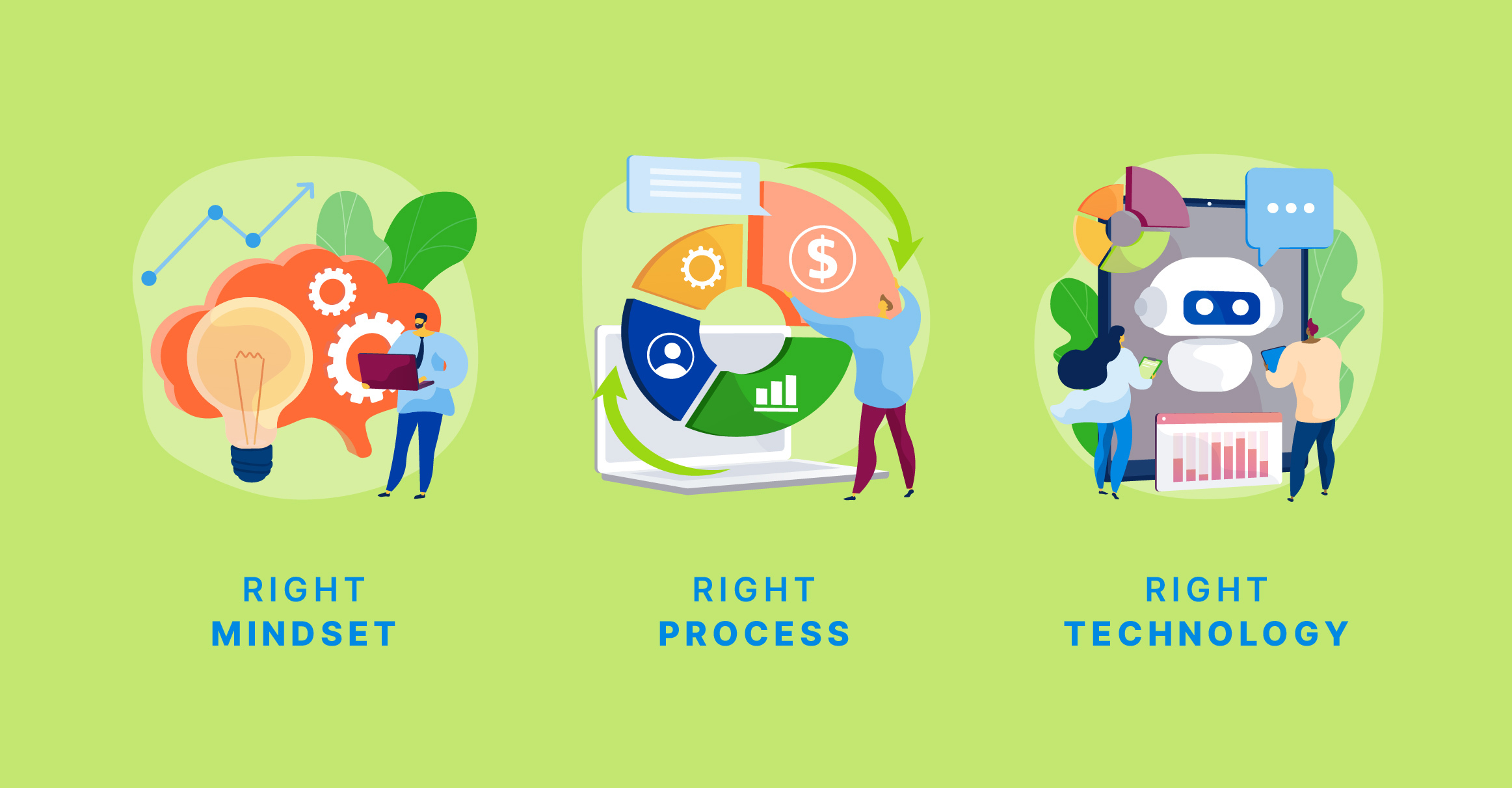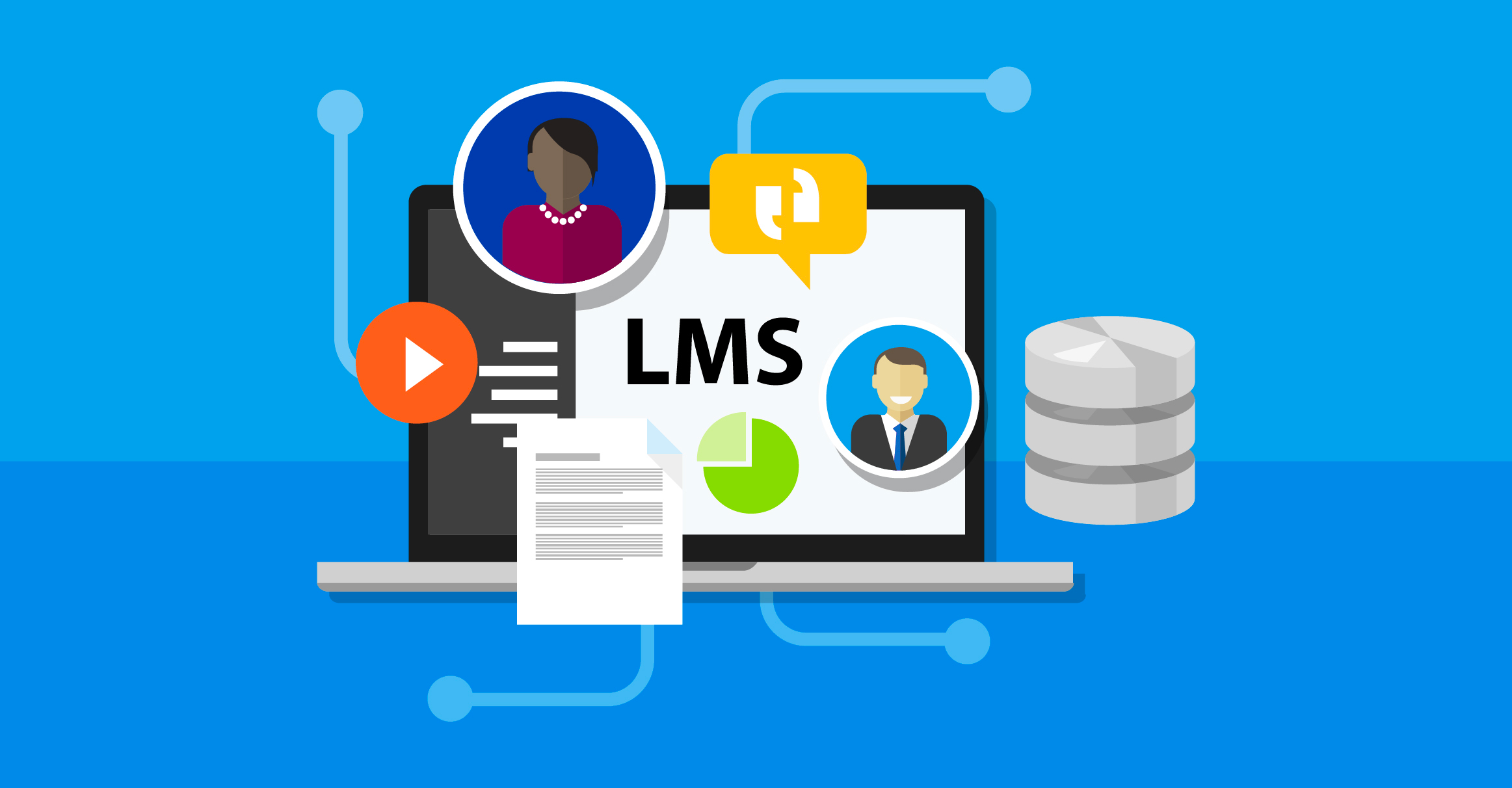Workforce training is an often neglected part of the business process. Many companies treat it as mere “table stakes", a way to check the box on compliance, and nothing more. To that end, they employ outdated learning models and achieve mediocre results.
But workforce training can be transformed from a reactive cost center into a core strategic asset. With the right combination of mindset, technology, and strategy, companies can employ a learning process that measurably produces improved performance and bottom-line outcomes.
A key mechanism for making this paradigm shift is embracing Adaptive Learning. Adaptive Learning systems leverage modern machine learning technology to pinpoint exactly what employees need in order to efficiently target their weak spots.
Most Companies Don’t Relate Learning To Performance
The Brandon Hall Group¹ 2020 study on Measuring Learning Impact sought to understand where organizations stood on the use of learning measures.
The study asked where the respondents rated their companies on the four levels of the Kirkpatrick Model. These levels are seen in the graphic below:
.jpg?width=896&height=467&name=ebook4__02_inline2%20(5).jpg)
Level 4 is the gold standard, the point at which learning’s impact on company performance is measurable. At this point, learning is being treated like any other asset in the business.
The Brandon Hall study found that very few companies operate at Kirkpatrick Level 4. Just 15% measure a majority of their programs at Level 4. By contrast, 65% of companies measure most of their programs only at Level 1. In other words, they remain stuck in the traditional smile-sheet approach that cannot be tied to business performance.
The Value of Training to the Organization
Realizeit’s technology helps companies move training from a mere “table stakes” operation to a core strategic asset.
At a “table stakes” level, workforce training programs are usually tertiary to normal operations limited to traditional topics like compliance and regulatory oversight. Learning is approached with a check-the-box mindset and runs on a one-way communication, one-size-fits-all mindset.
By contrast, when turned into a strategic asset, workforce learning takes on a different flavor. It is treated as an essential activity that is tied to brand promise and experience. It operates on a two-way, continuous feedback loop that personalizes training and learning to each individual learner.
Training & Learning Environment and Strategy
A winning strategy requires a combination of the right mindset, the right technology, and the right process. We will look at each of these factors in turn.

Right Mindset
In the right mindset, workforce training programs are treated as core assets, instead of being mere table stakes. Knowledge is measured and verified for the sake of performance.
Right Technology
In a typical corporate setting, learning is not connected across training events. Classes and courses are disconnected from each other. But the right approach to technology involves an End-to-End Integrated Ecosystem that connects all learning into a continuous process. This can be achieved with the addition of an adaptive personalized learning layer that helps you truly understand what each person does and does not know. This becomes the catalyst to transform your workforce learning and development program into a holistic process embedded into your company’s entire operations.
Right Process
Following the right process is based on using the right mindset and the right technology. This favors:
-
Competency over Completion.
-
Individualized and Contextualized Learning over One-Size-Fits-All models.
-
Optimized, Precise Learning over Redundancy and Waste.
-
Actionable Data and Analytics over Check-the-box completion data.
-
Learning Embedded in the Flow of Work over Monolithic Courses and Classroom Training.
We have developed a self-assessment tool to help you evaluate your learning program’s position along the continuum of the above strategic categories, with the ultimate goal of creating a plan to move toward becoming a strategic contributor to the business. To learn more about it, you can watch the webinar to hear our CEO describe the aspects of the model and show how companies may find themselves at different points with different needs that may require a strategic shift.
You can also access an online version of the assessment tool here where you can rate your own strategies and have an electronic copy delivered to your email so you can discuss your specific needs for change and growth with the rest of your team.
The Right Technology is not the LMS
Learning Management Systems (LMS) are often expected to do all of the heavy lifting for your training and learning development strategy. This thinking is based on false pretenses because it doesn’t take into account the modern nature of learning and how important personalization is in your overall strategy.

A conventional LMS does not have the ability to truly offer one-to-one personalized learning that adapts specifically to a learner's knowledge and competency. Legacy systems and traditional LMSs need to be complemented with additional intelligence to inspire the right mindset, technology, and processes.
These systems are built to support the availability of content and assessment for traditional classroom and eLearning workforce training programs. Their primary value lies in managing learning content, administration, and processes. That being said, it is vitally important to deliver content. It is a quintessential component of your strategy, one that Realizeit heavily relies upon. What is missing (and where Realizeit fills the gap) is putting a focus on outcomes and performance as well as truly making learning efficient and effective - the things that are critical to building deep job skills at a large scale and not just delivering knowledge measured by completions.
Adaptive Learning is the Right Technology
Adaptive Learning can help you turn learning into a core business asset. It is the bridge to truly personalized learning that drives improved performance.
It measures knowledge at a precise, fine-grained level to hone in on exactly what learners need.
Adaptive Learning powered by machine learning and AI is the only way to deliver a personalized learning strategy at the scale and complexity of your business, across all personnel, roles, business units, locations, and geographies.
Realizeit’s mission is to make learning better by transforming organizations' workforce learning and training programs to be performance-aimed, individualized, and continuously adaptive. We strive to use the power of Adaptive Learning to elevate the value of learning for the individual and the organization. We believe Adaptive Learning is the most effective learning paradigm for the 21st century. If you are interested in learning more about personalized learning, please contact us so we can set up a time to chat.
¹Brandon Hall Group 2020 Group Measuring Learning Impact Study